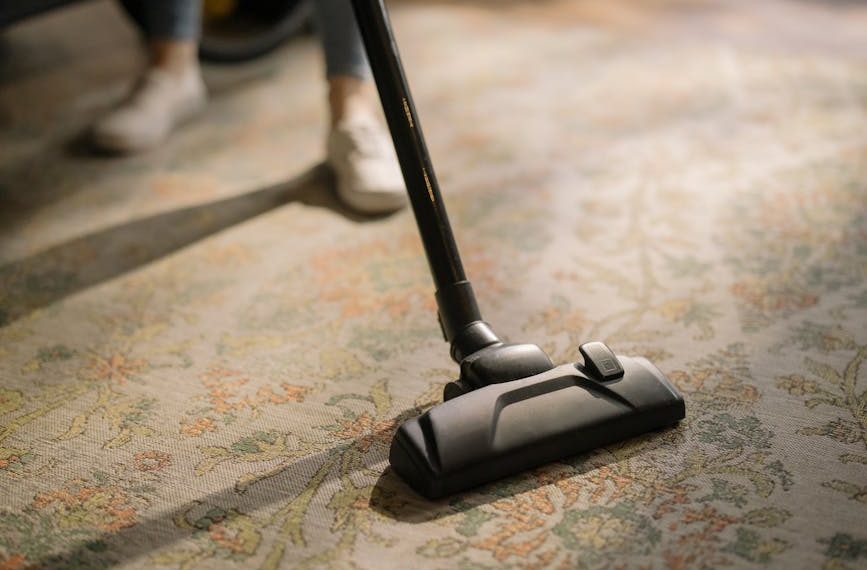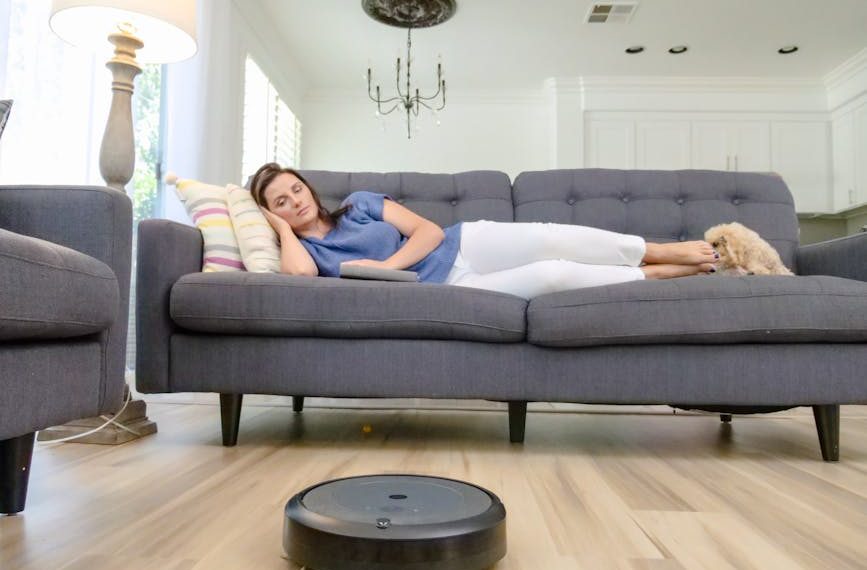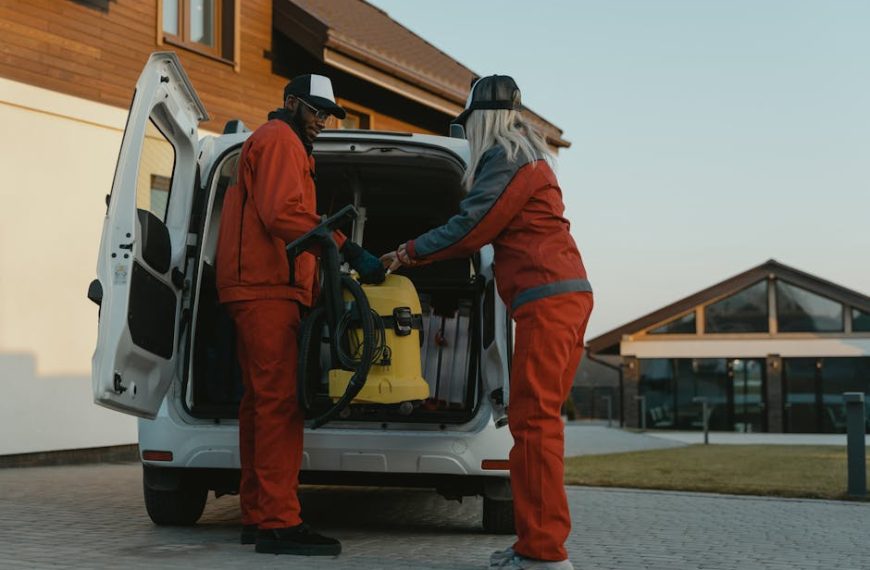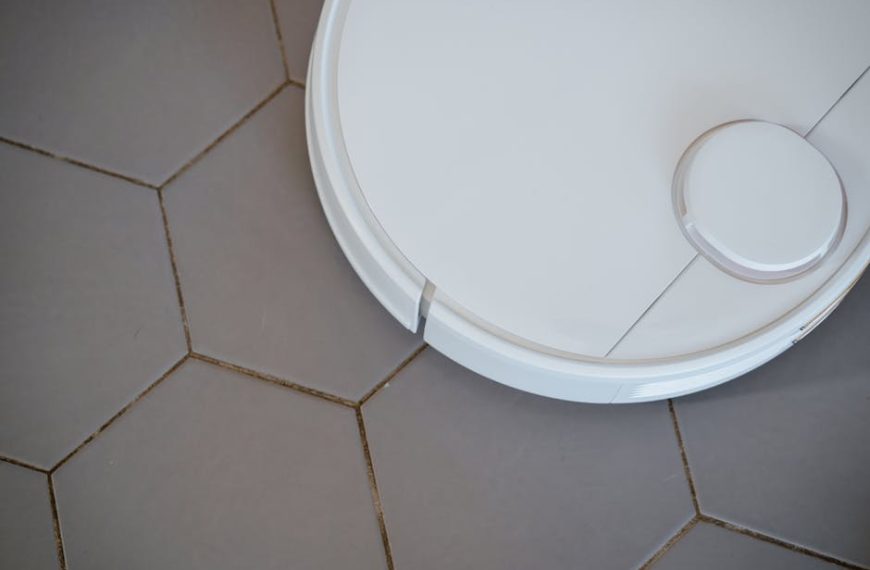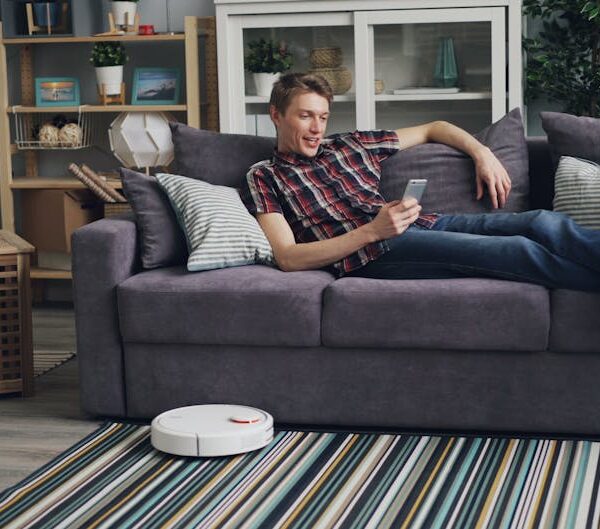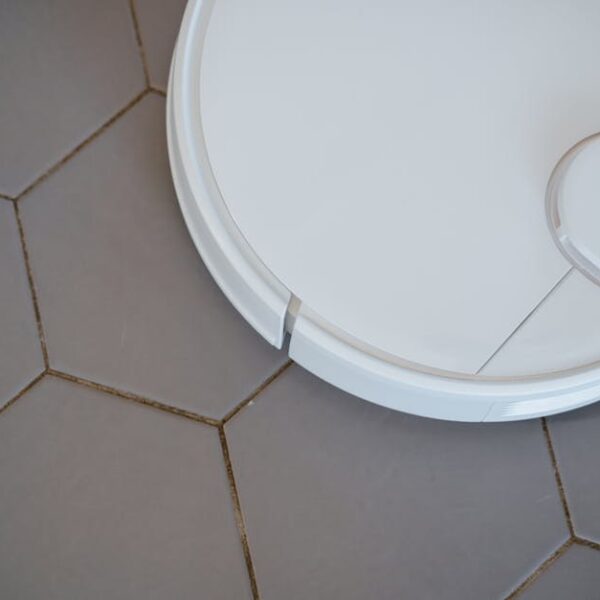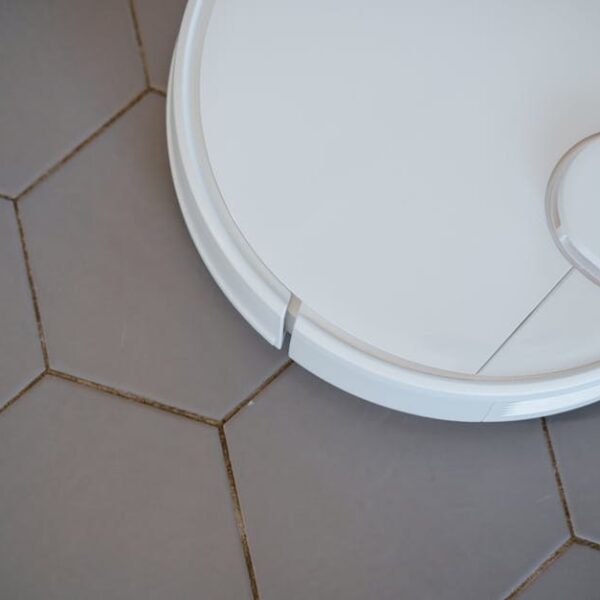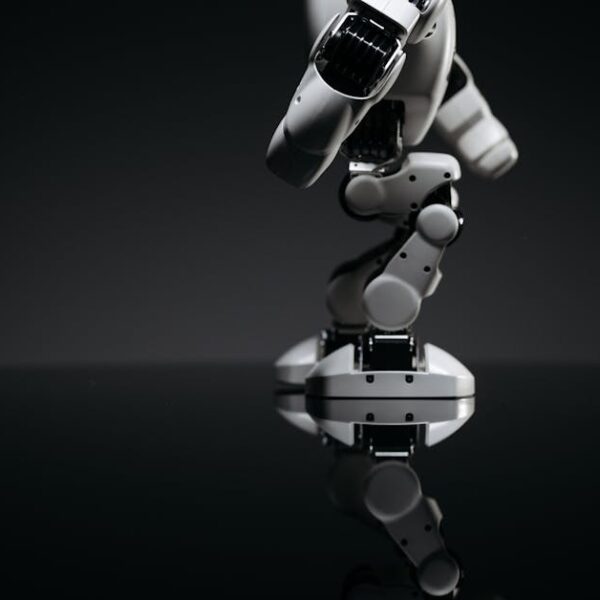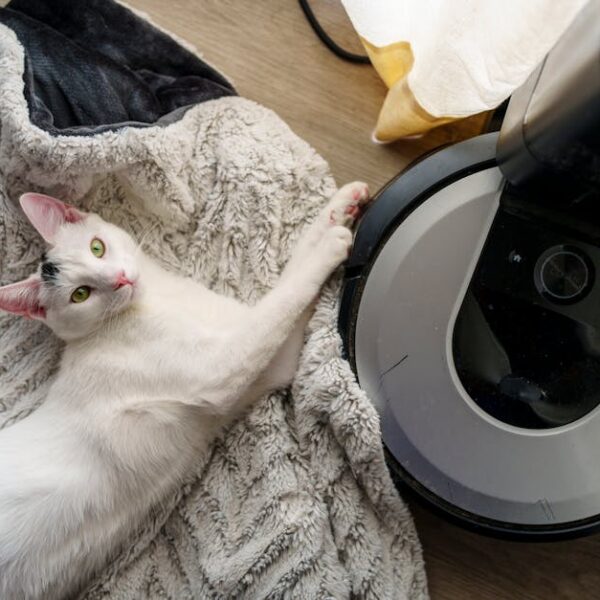If you’re in the market for a robotic vacuum cleaner, one question you’ll likely ask is: How long do robot vacuums last? It’s a fundamental question to consider when deciding if the investment is worthwhile. In general, robot vacuums can last between 4-6 years if properly taken care of, with certain high-end models possessing extended lifespans. However, several factors like the brand, maintenance, and usage can considerably influence a robot vacuum’s longevity.
Lifespan of a Robot Vacuum
Investing in renowned brands often guarantees a product with a long-lasting lifespan. Some popular brands like iRobot Roomba, Neato, and Roborock, to name a few, are known for both their superior performance and remarkable lifespan. These high-end models tend to have a wider range of features, better build quality, and therefore, a greater lifespan, often clocking in between 5-6 years. On the other hand, budget brands might not last as long, typically running for around 3-4 years.
Yet, it’s not just the brand or the price tag that determines a robot vacuum’s lifespan.
Factors Influencing The Lifespan Of Robot Vacuums
Several factors can influence how long your robot vacuum will last, with key influences including its usage, care, and maintenance.
For instance, if your robot vacuum is operating constantly within a large house, its life expectancy may inevitably reduce due to increased wear and tear. Similarly, if the vacuum is cleaning areas with a high density of dirt, pet hair, or other challenging surfaces, this can also potentially decrease its lifespan.
As for care, a rule of thumb to remember is: the better you take care of your robot vacuum, the longer it will last. This means ensuring it’s not colliding frequently with furniture, not falling down stairs, and not getting tangled in cords or rugs.
Maintenance Practices to Extend Robot Vacuum Lifespan
Maintenance practices can significantly increase your robot vacuum’s longevity. Regularly cleaning components such as the dustbin, filter, brushes, and wheels can reduce unnecessary strain on the device and extend its lifespan. Implementing a schedule for clearing these components can result in noticeable improvements in your robot vacuum’s performance and durability.
Common Problems That Shorten Robot Vacuum Lifespan
However, even with the best care and maintenance practices, certain common problems can reduce your robot vacuum’s lifespan. These problems might include recurrent battery failure, damage to the main brush, or issues with sensors and navigation. Furthermore, incorrect use and poor handling can also cause premature damage.
To summarise, understanding these aspects can definitely help you get the most out of your robot vacuum’s lifespan and deliver value for your investment.
Replacing Parts VS Buying A New Robot Vacuum
As your robot vacuum advances in age, you may start to notice signs of wear and tear or decreased functionality. At this stage, it’s useful to consider the economics of replacing various components versus purchasing an entirely new unit.
Replacing parts can be a cost-effective solution to prolonging the lifespan of your robot vacuum – provided the rest of the machine is still in good condition. For example, batteries, brushes, filters, and wheels can generally be replaced for a fraction of the cost of a new vacuum.
However, if multiple or more substantial components require replacement, or if your machine is having recurrent issues despite regular maintenance, purchasing a new model might be more economically prudent.
Pro Tip:
When making the decision between repairing or replacing your robot vacuum, consider the following factors:
– Cost of replacement parts versus the cost of a new vacuum
– The age of your current vacuum
– Your vacuum’s performance compared to newer models on the market
– The frequency of previous breakdowns or issues
In order for your robot vacuum to serve you efficiently and effectively for as many years as possible, remember these key takeaways. Always purchase from a reputable brand, take good care of your vacuum with regular maintenance, be mindful of how you’re using it, and when it comes to problems or inefficiencies, take into account the cost-effectiveness of repairing versus replacing. Armed with this knowledge, you can maximize the lifespan of your robot vacuum and enjoy a clean, debris-free home!
Key Takeaway:
- The lifespan of robot vacuums can range from 3 to 6 years, depending on the brand, with high-end brands offering longer lifespan.
- The longevity of a robot vacuum is greatly influenced by the usage patterns, care taken, and maintenance practices. Routine maintenance and a regular cleaning schedule can significantly extend a robot vacuum’s life.
- Common user-handling mistakes and machine defects such as battery failure, main brush damage, or sensor issues can significantly reduce the lifespan of a robot vacuum.
- When dealing with malfunctioning parts, consider the cost-effectiveness of replacing parts over time versus buying a new unit. Factors to consider include the cost of replacement parts, the age of your current vacuum, and its performance compared to newer models.
Maintaining your robot vacuum cleaner need not be a chore. With the right steps and care, you can maximize its lifespan, making your investment worthwhile. Remember, a well-maintained robot vacuum not only lasts longer but also performs better, giving you a clean and dust-free home environment. Happy cleaning!
FAQs
Q: What is the average lifespan of a budget-brand robot vacuum?
A: Although it varies depending on usage and care, budget-brand robot vacuums typically last about 3-4 years.
Q: How does daily use influence the longevity of a robot vacuum?
A: Daily or constant use, especially in a large house or areas with a high density of dirt and pet hair, can increase wear and tear, potentially reducing the vacuum’s lifespan.
Q: Do all parts of a robot vacuum have the same lifespan?
A: No, various parts of a robot vacuum may have different lifespans. Some parts like batteries, brushes, filters and wheels might need to be replaced from time to time, depending on their usage and wear.
Q: How can I extend the lifespan of my robot vacuum?
A: Regular maintenance, including cleaning the dustbin, filter, brushes, and wheels, can extend the lifespan of your robot vacuum. Also, being mindful of vacuum use, like preventing frequent collisions with furniture or falls, can aid longevity.
Q: When should I consider buying a new robot vacuum instead of replacing parts?
A: If multiple, high-cost parts require replacement or if your robot vacuum is frequently malfunctioning despite regular maintenance, it might be more cost-effective to buy a new vacuum rather than replacing parts.
Feel free to share this insightful article with your friends or colleagues who own a robotic vacuum or are considering buying one. Explore more posts on our website for more professional tips and guidance.

